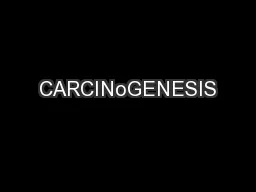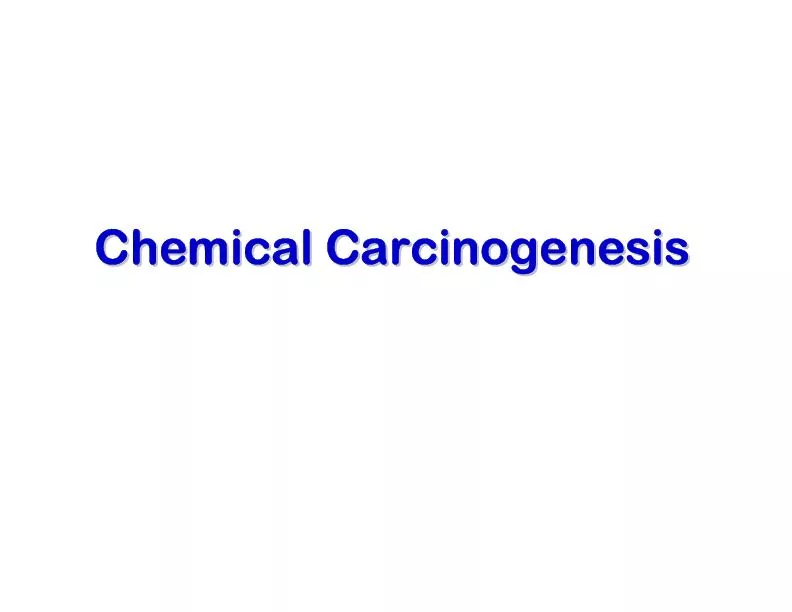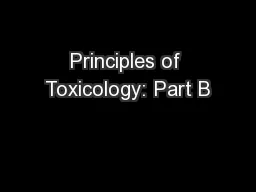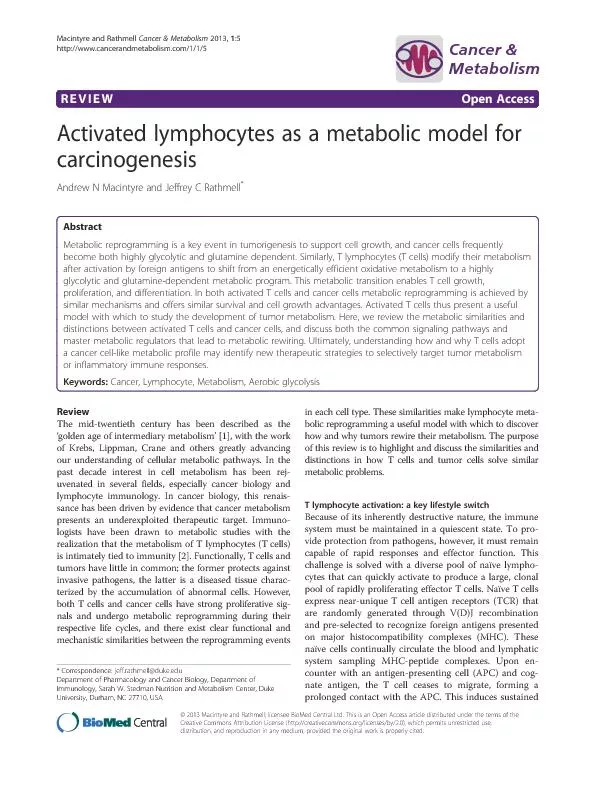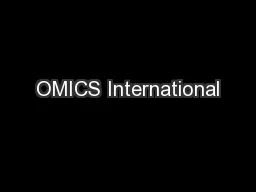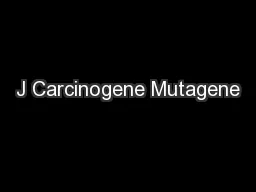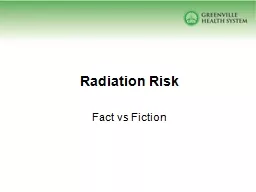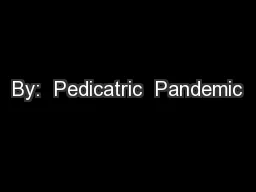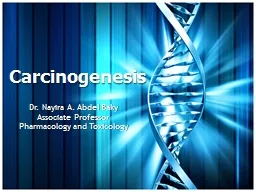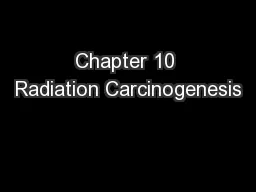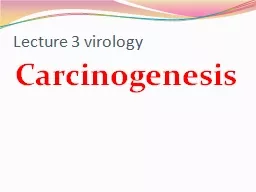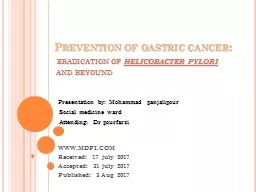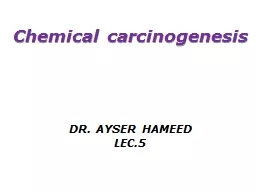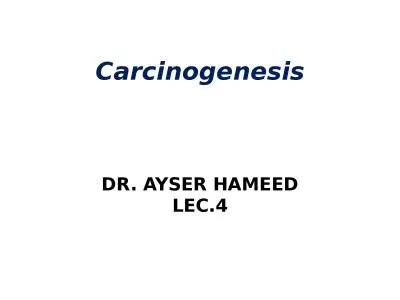PPT-CARCINoGENESIS
Author : liane-varnes | Published Date : 2017-07-23
Dr Fahd ALMULLA Phase II 2009 Lecture available httpwwwalmullaorg Target knowledge What is carcinogenesis What is carcinogen Examples of carcinogens Chemicals Physical
Presentation Embed Code
Download Presentation
Download Presentation The PPT/PDF document "CARCINoGENESIS" is the property of its rightful owner. Permission is granted to download and print the materials on this website for personal, non-commercial use only, and to display it on your personal computer provided you do not modify the materials and that you retain all copyright notices contained in the materials. By downloading content from our website, you accept the terms of this agreement.
CARCINoGENESIS: Transcript
Dr Fahd ALMULLA Phase II 2009 Lecture available httpwwwalmullaorg Target knowledge What is carcinogenesis What is carcinogen Examples of carcinogens Chemicals Physical Zoonoses Initiators and promoters . Initiation, Promotion and Progression. NST110, Toxicology. Department of Nutritional Sciences and Toxicology. University of California, Berkeley . Characteristics of . Cancer. Promotion. (reversible). ProportionPercentageChemicals tested in both rats and mice 350/59059%Naturally occurring chemicals 79/13957%Synthetic chemicals 271/45160%Chem. in Carcinogen. Potency Database 702/134852%Natural pesti Topics for Principles of Toxicology: Part B. Endocrine Toxicity. Carcinogenicity. Neurotoxicity. Persistence and Bioaccumulation. The topics for “Part C” (what we could not cover). Summary. The systemic problem. Activatedlymphocytesasametabolicmodelfor carcinogenesis AndrewNMacintyreandJeffreyCRathmell * Abstract Metabolicreprogrammingisakeyeventintumorigenesistosupportcellgrowth,andcancercellsfrequently beco welcomes submissions that are original and technically so as to serve both the developing world and developed countries in the best . possible. way.. OMICS Journals are poised in excellence by publishing high quality research. . Research Article Open Access Review Article Open Access Carcinogenesis & Mutagenesis “ ” Eleonora Giorgini 1 * , Gregorio Tugnoli 1 , Silvia Aprile 1 , Guido Collina 2 , Silvia Villani 1 , A Fact . vs. Fiction. Disclosures. No financial disclosures for myself or family. No off label uses will be discussed. One exception: I am a radiologist. 25+ years selling . xrays. for a living. Mortgages and college tuition still to pay. Carcinogenesis. Are there differences in the mechanisms of carcinogenesis associated with chemical, radiation, or dietary carcinogens?. What is Carcinogenesis?. Carcinogenesis is the production of cancer cells or the process of normal cells transforming into cancerous cells. . A. Abdel . Baky. Associate Professor. Pharmacology and Toxicology. Carcinogenesis. Carcinogenesis is a multistep process at both the phenotypic and the genetic levels . that . end with the disease . Radiation effects:. Deterministic effects. Stochastic effects. Deterministic effects. A deterministic effects has a threshold in dose.. The severity of the effect is dose related.. Radiation induced cataracts are an example of a deterministic effects.. Carcinogenesis. Carcinogenesis or . Oncogenesis. =. creation of cancer= normal cells are transformed into cancer cells= characterized by . a progression of changes on cellular and genetic level . that ultimately reprogram a cell to undergo uncontrolled cell division, thus forming a malignant mass.. . eradication of . helicobacter pylori. and . beyound. WWW.MDPI.COM. Received: 17 . july. 2017. Accepted: 31 . july. 2017. Published: 3 Aug 2017. Presentation. by: Mohammad . panjalipour. Social medicine ward. LEC.5. Chemical carcinogenesis:. General principles of chemical carcinogens;. I. . Could be . natural or synthetic chemical. .. . II. . Chemicals either . direct acting chemical. (. active without transformation in the body). LEC.4. Carcinogenesis:. is a multistep process at both . phenotypic & genetic levels.. Phenotypic level . includes:. I. Excessive growth.. II. Local invasion.. III. Metastasis.. These three criteria are called collectively .
Download Document
Here is the link to download the presentation.
"CARCINoGENESIS"The content belongs to its owner. You may download and print it for personal use, without modification, and keep all copyright notices. By downloading, you agree to these terms.
Related Documents

